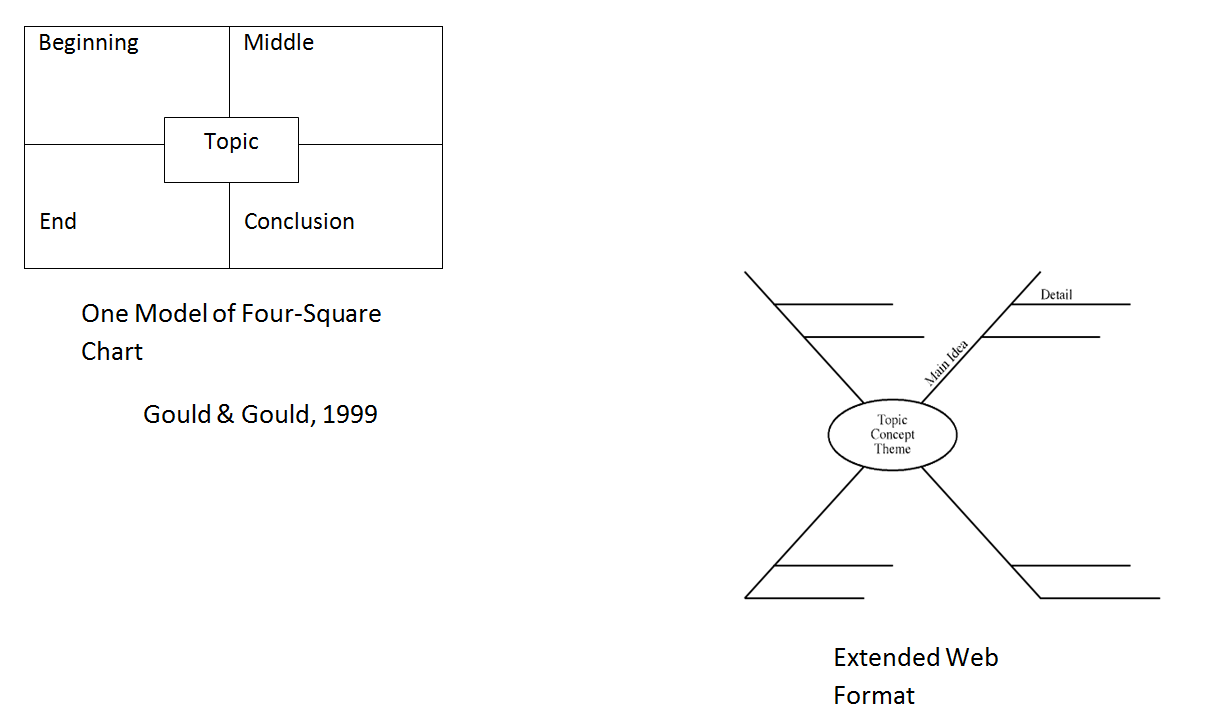One Teacher’s Story: Results-Oriented Writing Instruction for Struggling Students
By Patricia Callahan, M.Ed. and Mary Stowe, M.Ed.
November/December 2012
Composing essays of any type can be an overwhelming task for students who struggle academically. A structured writing process and modeling of all components are necessary to ensure student success. As illustrated through one teacher’s experience, of the fifth-grade students with disabilities with whom this teacher worked, the majority passed the spring writing assessment.
Her formula for successful student outcomes included the following research-based strategies:
-
Graphic Organizer Instruction
-
Scaffolded or Group Writing (“I do” to “You do”)
-
Strategic Instruction Model® Fundamentals of Sentence Writing
Each of these strategies is briefly described below.
Modeling and the use of Think-Alouds have a long history of instructional effectiveness. As early as 1989, Jean Schumaker described a process for using this technique. The Strategic Instruction Model® (SIM®) also embraces modeling and think-alouds within the structure of their Content Enhancement Routines and Learning Strategies. The teacher in this example wrote an essay, modeling the appropriate components, including brainstorming, organizing ideas, and composing, while verbalizing her thoughts concerning the process for her students at each stage.
The teacher required students to use graphic organizers as a prewriting activity. Students selected from two options, an extended web or a four-square (Gould & Gould, 1999) model (see below). Graphic organizers for brainstorming and organizing ideas have strong research support within the literature (National Reading Panel, 2000). When asked their preferences after the unit and writing assessment were complete, the students were evenly split between the two graphic devices. Some preferred the more structured approach of the four -square method, while others preferred the simple and less structured design of the web. Regardless, the teacher noted that the students provided greater elaboration in their final products when they used the four-square method.
The teacher also used group writings. She began by modeling and gradually released responsibility to students through questioning and then affirming their responses. The teacher recorded students’ responses and the students copied what the group had composed. Once the students were comfortable with the flow of the writing, the teacher released to the students to complete the remainder of the writing process independently.
Conferencing with individual students about their writing provides a level of feedback needed to ensure that students understand the strengths and weaknesses of their writing product. In this case, students were asked to complete an essay checklist to ensure that:
- All taught conventions of print are addressed.
- The paragraphs are well organized and sequential.
- Correct grammar and spelling are used.
- The ideas are clearly presented.
See also the sample questions under Resources below.
Finally, the teacher used the SIM® Learning Strategy Fundamentals of Sentence Writing (Schumaker & Sheldon, 1998) to help the struggling writers to compose complete and elaborative sentences as well as cohesive paragraphs. The sentence writing strategy requires students to include the five components of a complete sentence (begin with a capital letter, ending punctuation, subject, verb, and it makes sense), learn and use five of the eight parts of speech, and utilize the mnemonics PENS and MARK (see below) in the sentence writing process.
The students were interviewed after they had taken the Writing SOL assessment to learn about their experiences and opinions. When asked which strategies helped them the most, students responded that the graphic organizers and the SIM® Learning Strategy Fundamentals of Sentence Writing (Sheldon et al., 2008) were the most helpful strategies. Students reported that they especially liked the structure of the strategy. They had been taught to generalize with each lesson they did and they felt confident in their use of the strategy.
This win-win-win situation brought confidence to all involved. Students successfully acquired writing skills, a complex skill set necessary to move forward in the curriculum. The teacher gained confidence in the selection of strategies and in her own pedagogical practice. The school embraced strategies that proved to be successful for struggling students and subsequently included the strategies within its School Improvement Plan for the following year.
For further information or questions, please contact Pat Callahan, pcallahan@ccps.us.
Resources
Example Questions for a Writing Conference
|
PREWRITING |
1. What do you think you'll write about? |
|
DRAFTING |
|
References
Gould, J. S., & Gould, E. J. (1999). Four-square writing method for grades 1-3. Dayton, OH: Teaching and Learning Corporation.
National Reading Panel. (2000). Report of the National Reading Panel. Available at http://www.nationalreadingpanel.org/Publications/subgroups.htm
Schumaker, J. (1989). The heart of strategy instruction. Strategram: Strategies Instruction Model, 1(4) 1- 5.
Schumaker, J. B., & Sheldon, J. (1998). Fundamentals in the sentence writing strategy: Instructor’s manual. Lawrence, KS: Edge Enterprises, Inc.
Sheldon, J. B., Schumaker, J. B., Sheldon-Sherman, J., Schumaker, J., Sheldon-Sherman, B., & Schumaker, S. (2008). Fundamentals in the sentence writing strategy: Student materials. Lawrence, KS: Edge Enterprises, Inc.

